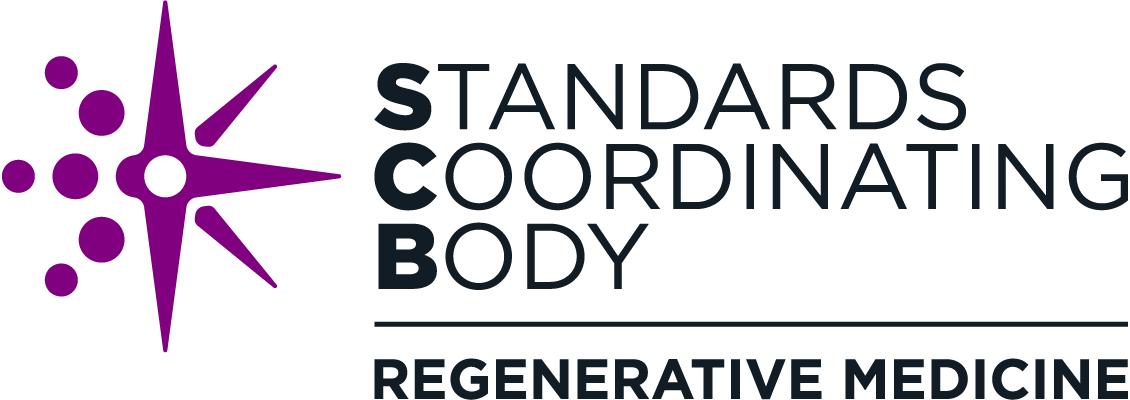Meet the SCB Staff: Katie Zander, PhD, Technical Program Manager
In July 2019, Catherine (Katie) Zander, PhD, joined the SCB team as a technical program manager. With her, Katie brings a combination of leadership and technical skills gained from her prior experience as a researcher, a postdoctoral community advocate, and a scientific policy advisor in Congress.
Prior to joining SCB, Katie worked in U.S. House of Representatives for the Committee on Energy and Commerce as the American Society of Hematology’s inaugural American Association for the Advancement of Science (AAAS) Science & Technology Policy Fellow. Before the fellowship, she conducted research on rare blood clotting diseases at the University of Alabama at Birmingham, where she also founded a patient education program. She holds a PhD in Chemistry from Binghamton University, where she studied neurotransmitter kinetics.
As a technical program manager, Katie works alongside Dawn Henke, PhD, and Kelly Sauerwein, PhD, to:
Manage SCB’s projects
Coordinate with members of the SCB community
Serve as community liaisons to ISO/TC 276 and ASTM F04
Facilitate working groups dedicated to advancing specific standards
We sat down with Katie to learn more about her past experience and her perspective on SCB’s role in the regenerative medicine community.
Q: How does your prior experience connect with your role at SCB?
SCB requires an understanding of so many different things that I think without any piece of my past experiences, I’d be at a disadvantage. It helps to have an understanding of government’s role in regenerative medicine, especially given SCB’s close ties with FDA and NIST.
Also, my research background and my close work with physicians working in a clinical setting allows me to understand the technical aspect of the work. Standards are often written with a great deal of scientific jargon—we are deep in the weeds. Were we not all trained scientists, I think we’d be in trouble.
Finally, my work as an advocate, particularly my work with patient groups, reminds me why the work is so important. It’s impossible to look at a standard that helps get a treatment to market faster and cheaper without thinking of the impact that has on a patient waiting for their miracle.
Q: Why did you decide to join SCB?
I like to be in the center of things, where everything comes together. When I was in graduate school, I didn’t just study chemistry. I wanted to know everything, so I instead did research that was considered biophysical chemistry. When I was choosing my postdoctoral position, I wanted to work with Dr. Zheng because he brought in experts from a variety of fields and looked at problems in a way that removed them from their assigned disciplines. Finally, when I worked on the Hill, I ended up working with most of the subcommittees. When I learned about SCB, it seemed like the perfect fit, the place where everything comes together.
Q: What has been the most rewarding thing about your work with SCB so far?
Meeting with our stakeholders and seeing how motivated everyone is to advance regenerative medicine has been the most rewarding part of my work so far. It’s also wonderful to see the real-world consequences of our standards.
Q: From your perspective, what value does SCB bring to the regenerative medicine community?
The analogy I like to use is that we are like the Red Cross of regenerative medicine. We aren’t a government agency, but we work closely with the government. Plus, we will work with whoever needs us on whatever standard needs to be developed, and, like the Red Cross, our only mission is to help. This gives us tremendous power to bridge the gaps within the field and to coordinate with any number of stakeholders, allowing SCB to expedite breakthroughs in regenerative medicine.

